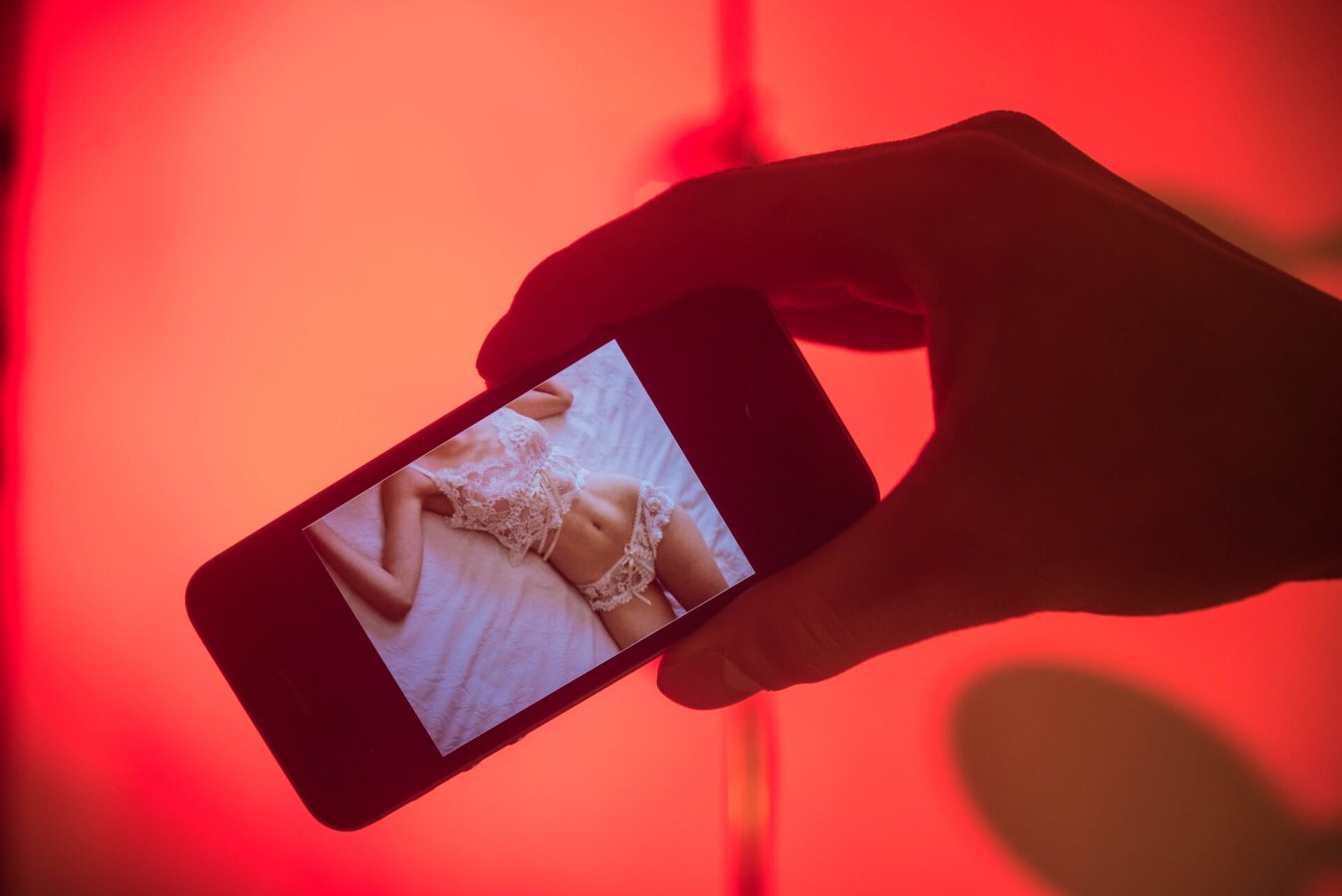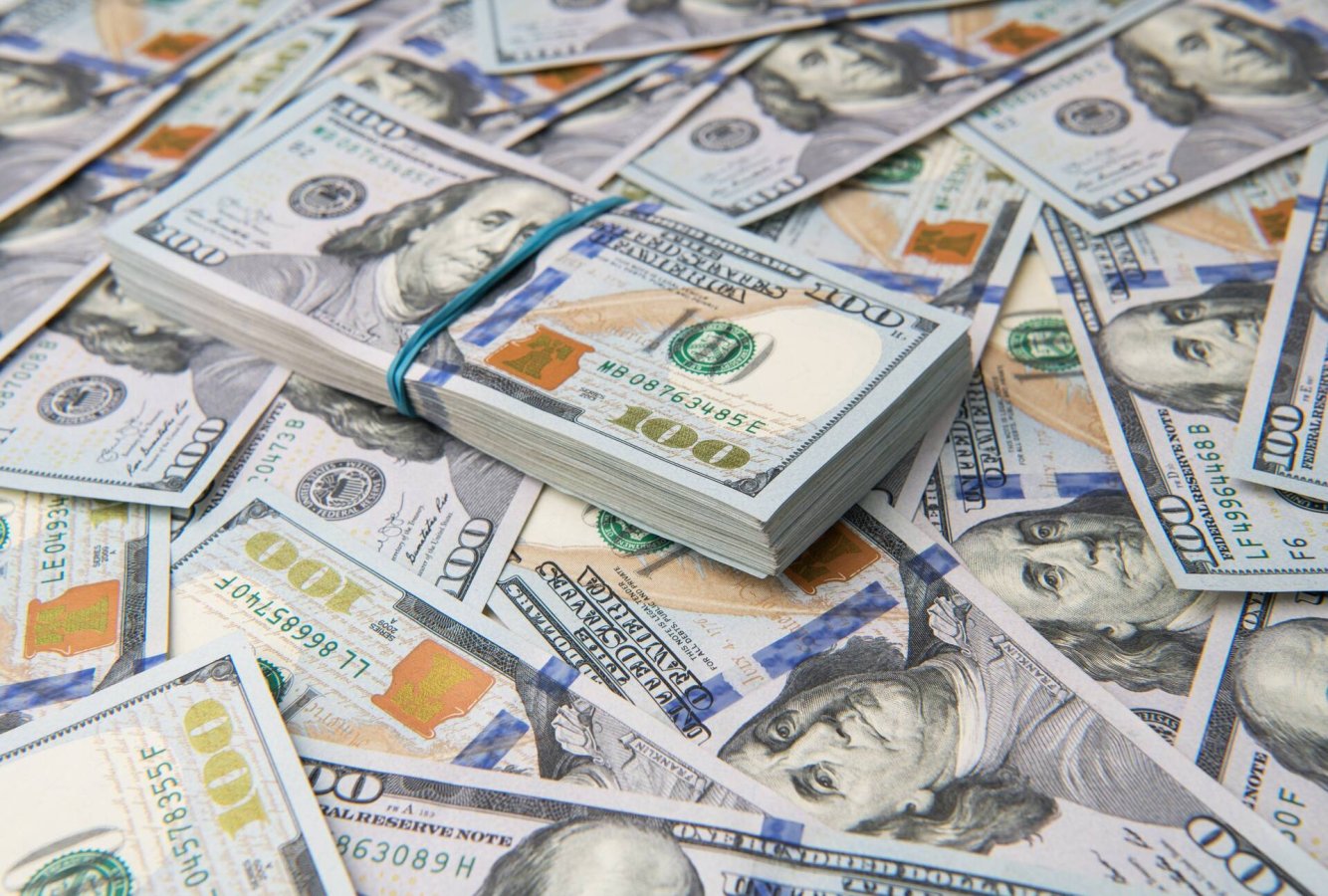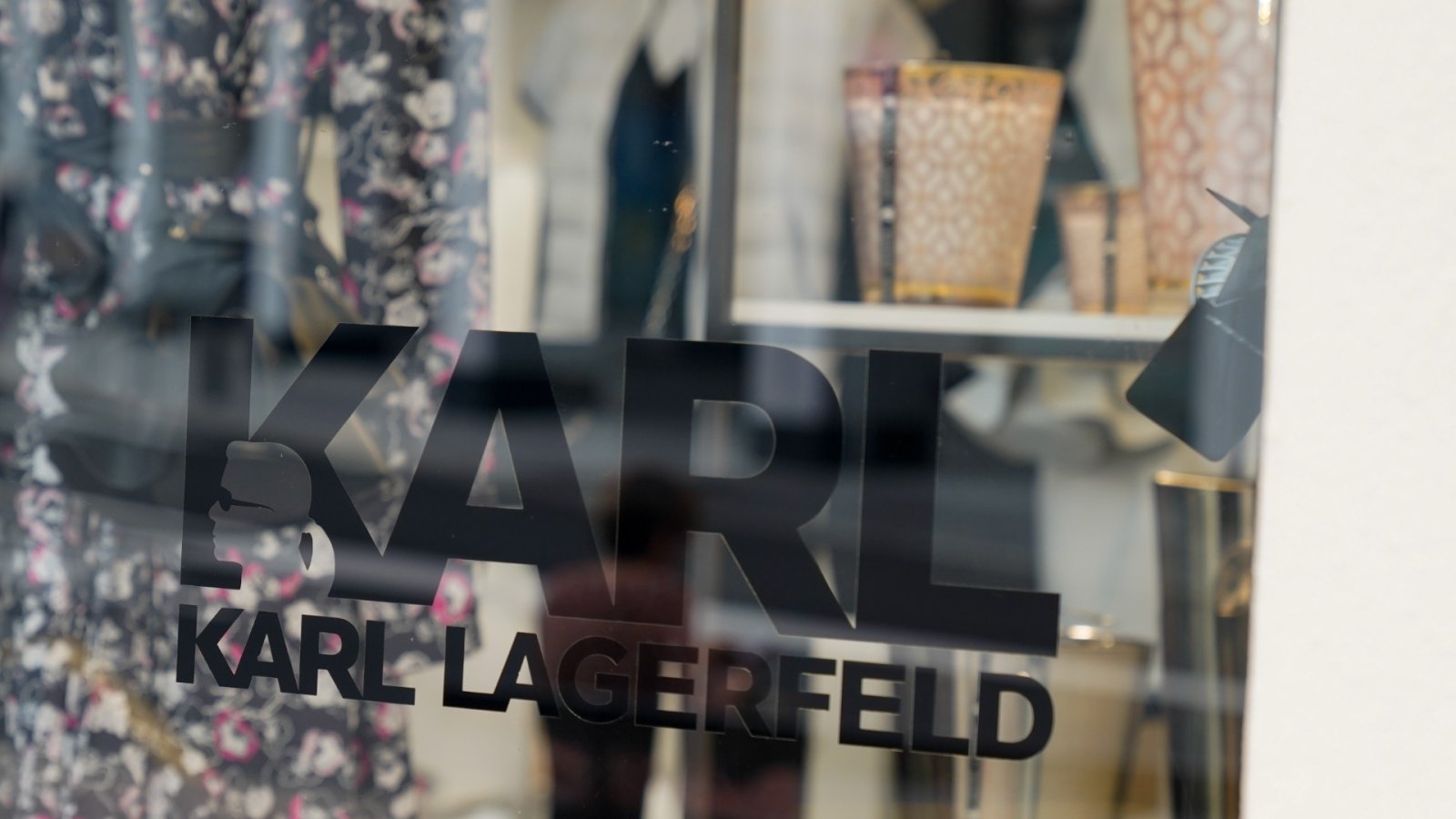Above the entry to "Karl Lagerfeld: A Line of Beauty," a quote boldly questions the notion that fashion has no place in a gallery. This cheeky aphorism, forged by the late German designer himself, is undoubtedly disproven at the refreshing Costume Institute show hosted by the Metropolitan Museum. Opening to the crowd on May 5 and running until July 16, the exhibition delves more in-depth into Lagerfeld's meticulously composed, larger-than-life persona, assuming its inherent contradictions.
As Max Hollein (director of the Met) said, the exhibition primarily highlights the designs. Notable attendees such as Anna Wintour and Karl Lagerfeld's long-time collaborator, Amanda Harlech, who served as creative consultants for "A Line of Beauty," were also present there. The essential thing is to provide glimpses of Karl's personality while focusing on his design and artistic contributions. Lagerfeld held a distinctive position in the fashion industry, simultaneously leading Fendi, Chanel, and his own eponymous label for many years. In addition, he collaborated with Chloé, Patou, and various mass-market brands. What you should know about the exhibition is that the organizers have considered a staggering ten thousand pieces, ultimately selecting around 200 for display. Head curator Andrew Bolton expertly curated the exhibition, opting to organize it thematically rather than by fashion house or chronology. The themes include romantic, military, artisanal, and mechanical inspirations. The exhibition takes inspiration for its title and structure from William Hogarth's 1753 book, "The Analysis of Beauty." Lagerfeld, being a polymath with a voracious appetite for knowledge, encompassing drawing and historical understanding, contributed to this intellectual and thought-provoking concept. However, the result is not overly cerebral but rather exudes a sense of joy. Even the most dedicated followers of Lagerfeld will come away from the exhibition with a profound comprehension of the designer's work.
Architect Tadao Ando's minimalist scenography functions as the ideal location to emphasize the garments in the collection. Lagerfeld's remarkable longevity in the fashion industry adds a ravishing historical size to this retrospective. Within the showcased styles, one can determine underlying societal changes and upheavals, ranging from the primness of the 1950s to Lagerfeld's final collections in 2019. Time itself becomes fluid and hidden in the designs. Lagerfeld masterfully blended historical references as design elements, paying special attention to 18th- and early 19th-century European military clothing and uniforms from World War I. Lagerfeld's remarkable versatility extended beyond his ever-evolving personas and self-mythology. Throughout his career, he delved into diametrically opposed styles, pushing the boundaries of Chanel's established codes, adopting a minimalist aesthetic for his eponymous brand, and embracing opulent romanticism at Fendi. His unique talent was related to mastering each genre and seamlessly transitioning between them, like an agile hopscotch player. Lagerfeld's creative range spanned from stark and chic to luxuriously poetic to exuberantly eccentric, showcasing his ability to immerse himself fully in whatever artistic direction he pursued.
The Fendi pieces showcased in the exhibition are particularly noteworthy and captivating. One standout item is a coat from 1993, composed of a captivating blend of beaver, weasel, sable, mink, and miniver, evoking Lagerfeld's inner fabulous barbarian cave-dweller. The following mannequin displays a tribal new wave ensemble crafted from mink, fox, and Kidassia goat fur, with striking acid-yellow sleeves. The Satirical line section of the exhibition brings a delightful twist, especially with its spotlight on 1980s Chloé trompe-l'oeil dresses. Notably, the Bain dress cleverly mimics a shower, featuring shimmering sequins that resemble water flowing from a faucet. Another striking piece is a 1984 Karl Lagerfeld black silk crepe dress adorned with an illuminated gold candelabra, adding a touch of whimsy and satire to the collection.






